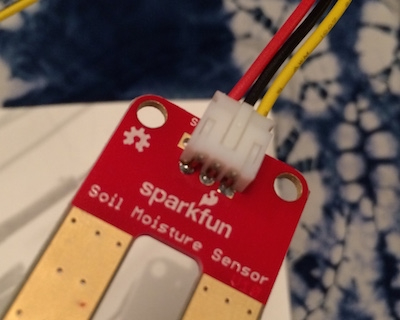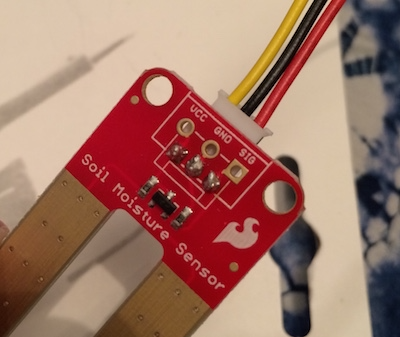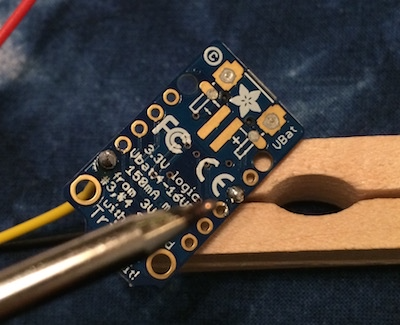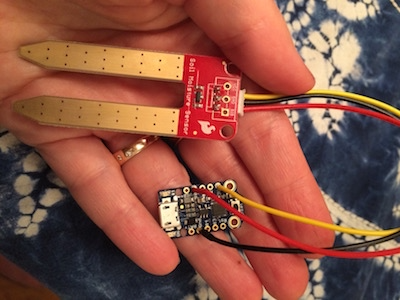Curriculum
Soldering 101
If you know how to use a hot glue gun, you will be comfortable at soldering. It just requires the proper equipment, good eyesight, and a steady hand. The best tutorial is by Adafruit here. This article will give you an overview of soldering and some ‘hot tips’ on how to master this essentials skill.
Why do I need to solder?
- a soldering iron
- solder (it comes in coils)
- some way to hold your components steady while you work (a vise, ‘second hand clip’, or clothespin can work)
- a heat-proof plate or tile to rest your soldering iron
While a lot of projects can work fine plugging wires into a breadboard or even a simple twist around an LED sequin, when you need to create a more permanent connection between a wire and two components, you’ll need to solder. Soldering involves taking a special kind of metal wrapped around a meltable resin core. The metal is a 60/40 mix of tin and lead which melts at 370 degrees Fahrenheit. You use an electrical soldering iron, which is like a hot wand, to melt the solder over the joint. The end goal is to create a little ‘onion dome’ over the end of your wire, making a tight connection between the wire and component.
Tips and Tricks
- Use a clothespin to hold your component steady
- Hold the solder to the joint between the elements you are connection and use the soldering iron to melt the iron evenly around the projecting wire
- Be careful setting down your hot iron. It will melt through plastic and burn holes in cloth
- Make sure your solder does not touch any other part of the component to avoid short circuits
- Made a mistake? To de-solder, re-melt the solder and use a q-tip to wick the metal away. This takes time and you can damage your components, so try not to make mistakes!
Samples

Soldered joints from the top. The soldering does not seep through very far.

Soldered joints from the back. You need very little solder to make a good joint, and they should not touch.

Soldering a component. The final soldered joints look like tiny onion domes.

Two components soldered together, ready to sense!